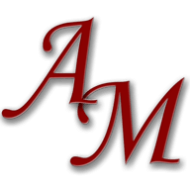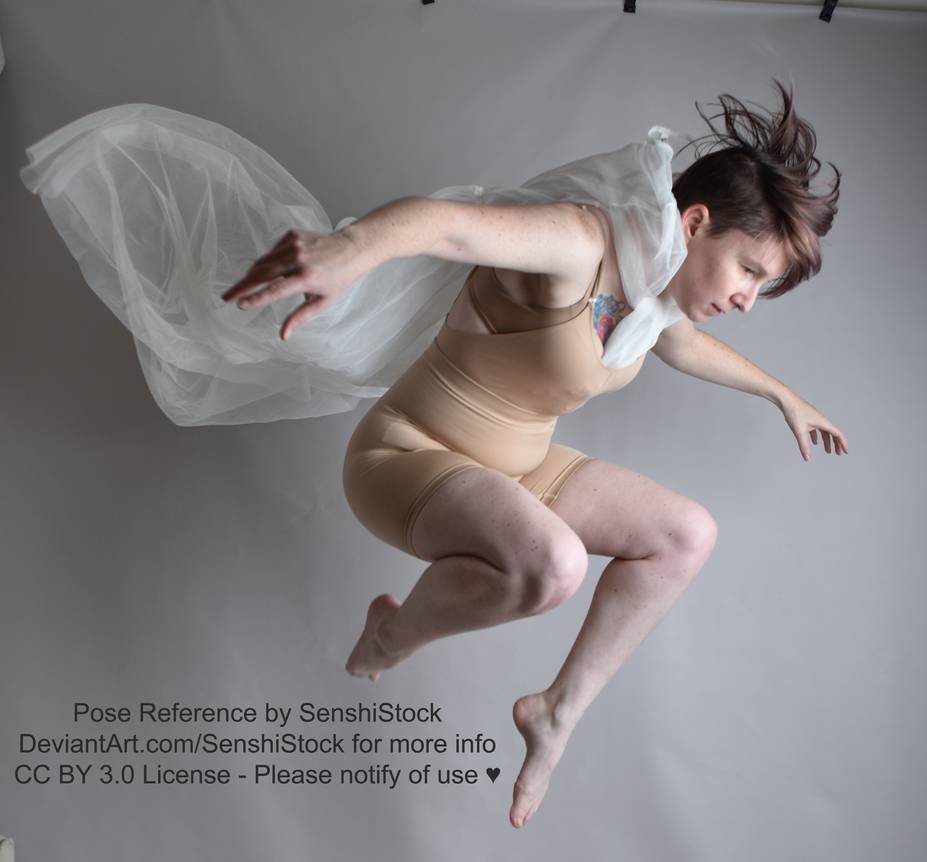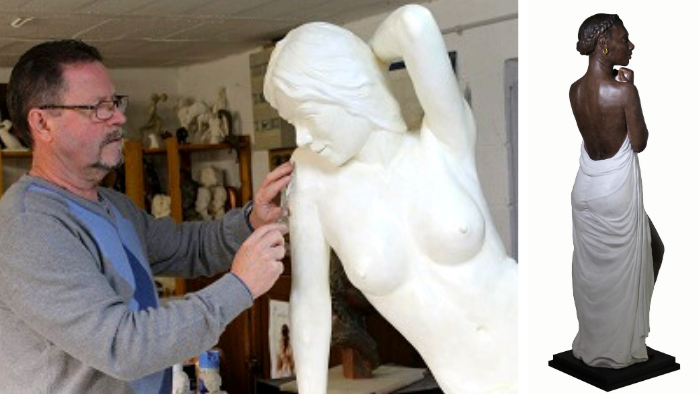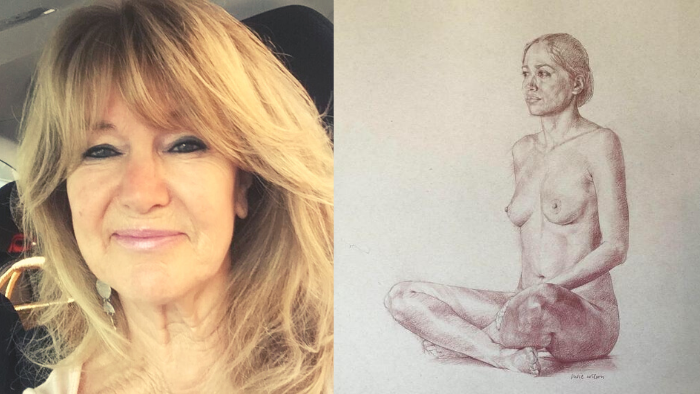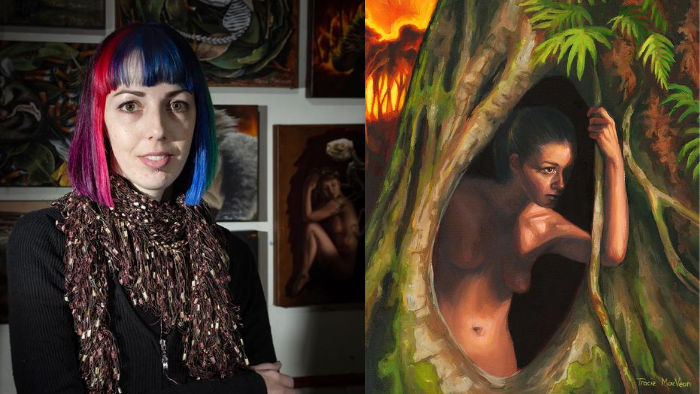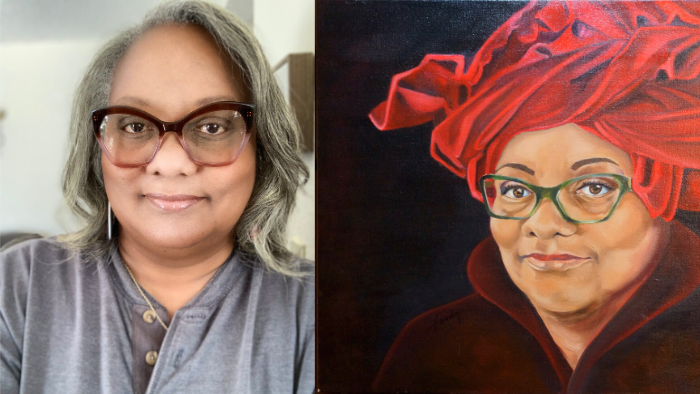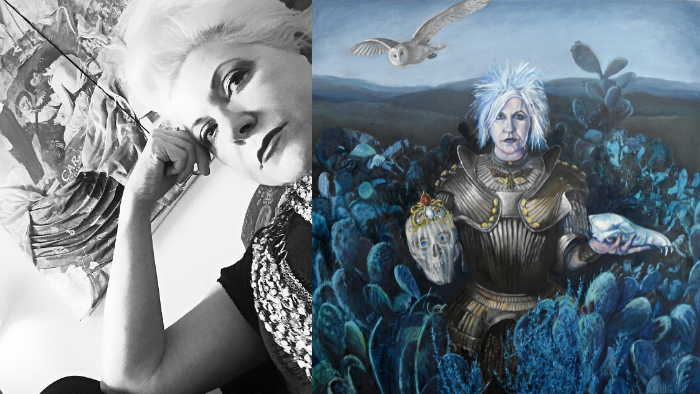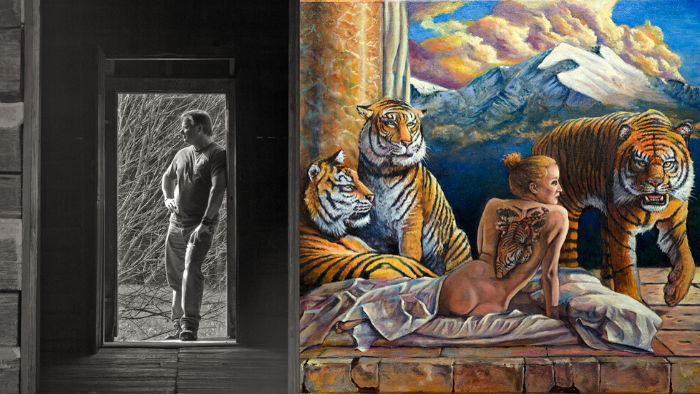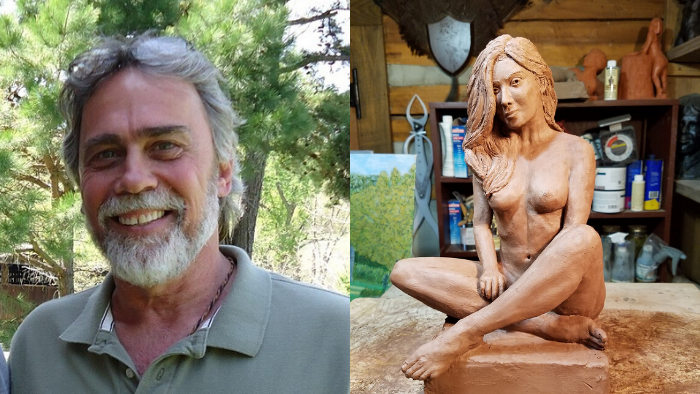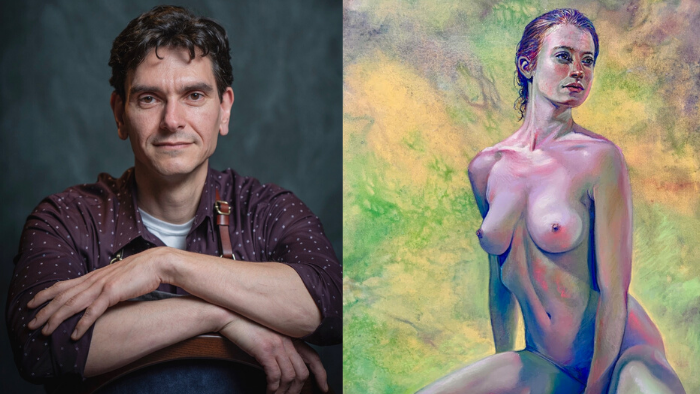“Seeing the art is my favorite part of doing pose references!”
Sarah Forde is a talented American artist, photographer, and model. She has been interested in art since she was a young girl and later she got a fine art degree. After college, she started created her own photo references for her paintings and that’s how SenshiStock was born: her friends wanted her photos and more artists started to get interested in her photography work.

Senshi Stock has 50K followers on Twitter, over 140K watchers on Deviant Art, and 18K followers on Instagram. Sarah started using Patreon a few years ago and turned her hobby into a paying job.
In this Q&A, American art model and artist Sarah Forde shares with PoseSpace details about the creation of SenshiStock, funny anecdotes, and how her perception of the human body has changed in the past few years:
Can you tell us about your background and why you decided to become an art model?
I have been drawing since I was a kid and I have a fine art degree. My life drawing classes in college were a huge level up for my art. After college, I spent a lot of my free time doing character illustrations for myself and my friends. I really enjoyed life drawing classes in college but I didn’t have access to spaces like that after school, so I turned to online resources for figure references. At the time, a lot of the stock and resources content on DeviantArt was geared towards photomanipulators. They had elaborate costumes and scenery. I really needed images that showed the form better, but the nude references were all classical in style and I wanted stuff with more action and movement. I decided to start taking photos of myself so I would have a wider selection. I chose to wear a bodysuit because I was mostly drawing Sailor Moon fanart and it was a good base. My art friends really loved the poses and they started using them, too. Eventually it spread beyond my immediate circle and I’ve just been kind of doing it ever since!
How was SenshiStock born? Can you also tell us about the name?
As I mentioned above, I was doing a lot of Sailor Moon fanart at the time. Sailor Moon characters are called ‘sailor senshi’ in Japanese. The word ‘senshi’ means soldier, or in the recent translation they used the translation guardian. So since I was doing Sailor Moon poses, SenshiStock was the name I came up with.
I have considered changing it many times in the past 13 years but I haven’t come up with anything I really like. At one point I was going to change it to SarahStock but this is literally the name of a Canadian professional wrestler so I didn’t want it to be confusing. While I have come to accept its dorky past, I’m still open to changing it in the future if I can come up with something I love that makes sense for what it is.

Have you seen artwork inspired by you? How does it make you feel?
Seeing the art is my favorite part of doing pose references! At this point I know I’m not seeing it all, but checking my messages every day and seeing new creations is really motivational as a model and an artist. I am super happy to see artists of all different skill levels using my poses, but sometimes when I see a REALLY talented artist has used my poses I get particularly giddy.
When comic cons and anime conventions were a thing, I used to love walking around the artist alley looking for art that used my poses.
What are your goals and expectations as an art model?
I never really had big aspirations for this project. For many years it was a hobby and helpful for my own artwork. A few years ago I was fortunate to become a mom and my schedule and responsibilities shifted tremendously. Around that time, Patreon started and I was able to shift some of my modeling from hobby to jobby. Being able to make some money with pose modeling has let me prioritize the work in my new schedule and it’s also helped me improve the quality of my references with upgrades to equipment and diversity in my models.
As far as the future goes, nothing particularly planned. Right now I’m just eager for the pandemic to get under control so I can get back to working with other models and photographers to make more amazing resources! We had a few collaborative shoots scheduled for 2020 that are now pending based on the way everything plays out. Fortunately, I have built up a very large archive of unposted images in the last 13 years. I’m focused mostly on my artwork now and maintaining a steady stream of new pose references through my DeviantArt and Patreon. It’s a good time for me to start messing around with new ideas in the studio, too. I just bought some colored lights to try out!

Do you see yourself as an art model for the rest of your life?
I really hope to keep modeling. I am very eager to have a middle aged lady model and with just a few more years, I’ll have one! ![]()
Do you tell people or family that you are an art model?
I’m a chatty sharer about all my work. I think everyone who knows me knows about my modeling. They also know about my hair bow art and my love for Sailor Moon. It all just spills out of me!
It looks like you have a lot of fun during your shooting sessions, can you tell us a funny anecdote?
Collaborative shoots are the literal best. No matter who I am working with it’s always a good time. Sometimes there’s an awkward “We’re hanging out together in our underwear” phase, but we get over that pretty quickly and it turns into a creative few hours of ideas, laughs, and inspiration. I have a really bad memory so I don’t do well recalling specific, detailed events but the feelings and impressions of those shoots fill my heart with laughter and joy.

Has your perception of the human body or your own body changed after modeling for artists?
Woof, this is a big one. I don’t talk about it much, but I’ve had various issues with body image over my 36 years. I’ve never been diagnosed with any kind of eating disorder, but I have gone through some phases in my life where I’ve had unhealthy relationships with myself and food. I’ve learned a lot about body image, fat phobia, and the harsh impact of diet culture on people in the last 5 or so years through really amazing people like KivanBay and yrfatfriend on Twitter. This is the biggest area of self-development for me right now where I know I’m not ‘there’ on understanding how these things all impact and play into my life and our culture as a whole, but I’m trying to learn more.
I think that respect for ALL bodies in ALL areas of life is one place where people – especially those who consider themselves progressive – need to do a lot of self education. Everyone in every body deserves the chance at their best possible life and care and that just isn’t how it is right now.
What’s the most interesting thing you’ve learned recently?
I learned a new stretch last week that I like a lot considering how much looking down I do when I’m sewing. You grab your own wrist behind your back and pull your arm down while also leaning your head to the opposite direction of the arm you are pulling down. This video kind of shows it: https://youtu.be/BAKshtIcULM. Feels SO good on my neck and shoulders. I love it.
Senshi Stock’s Patreon: https://www.patreon.com/senshistock
Twitter: https://twitter.com/SenshiStock
Instagram: https://www.instagram.com/senshistock/
DeviantArt: https://www.deviantart.com/senshistock
Interview by Andrea Miliani
